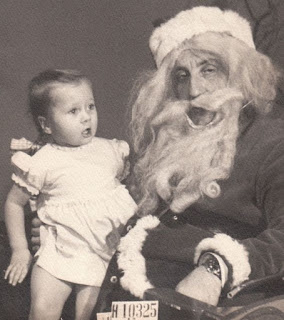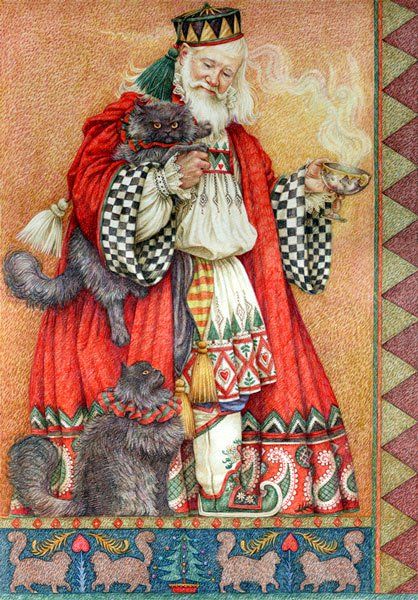Last year at this time, I blogged about strange vintage Christmas cards, which featured (among other strange things) pigs, bugs and mushrooms.
For instance, dead frogs - how in the world does this suggest a Merry Christmas? I continue to shake my head, in wonder!
And then, there is this: A rat apparently hitching a ride on the back of a lobster. This totally reeks of Christmas! Not.
Translation: "Peace, Joy, Health and Happiness."
Fortunately, the typical Santa is a more welcoming presence, and his happy demeanor remains his enduring charm and appeal to children and adults around the world.
 |
| Image source: bindblottyandcajole |
If you have read my blog, you probably know by now that I enjoy reading and writing about the Victorian era, and love all things vintage. These delightful illustrations, featured below, are from (mostly) vintage greeting cards. They are extraordinary examples of the variations of this beloved figure.
The reason I love the Victorian artists is because Santa is frequently featured in rich clothing that isn't always the typical white-fur lined red velvet suit. Instead, he is often portrayed with an air of wealth and social status. It is interesting to note the detail of illustration to show-case the embroidery and trimmings of his clothing, which are often indicative of this era.
However you spot Santa this year, his appearance is guaranteed to bring a feeling of joy to your heart, as we anticipate the sentiments of the season. May the wonder of it all, be yours.
Seasons Greetings,
(with love)
~Denise




































No comments:
Post a Comment